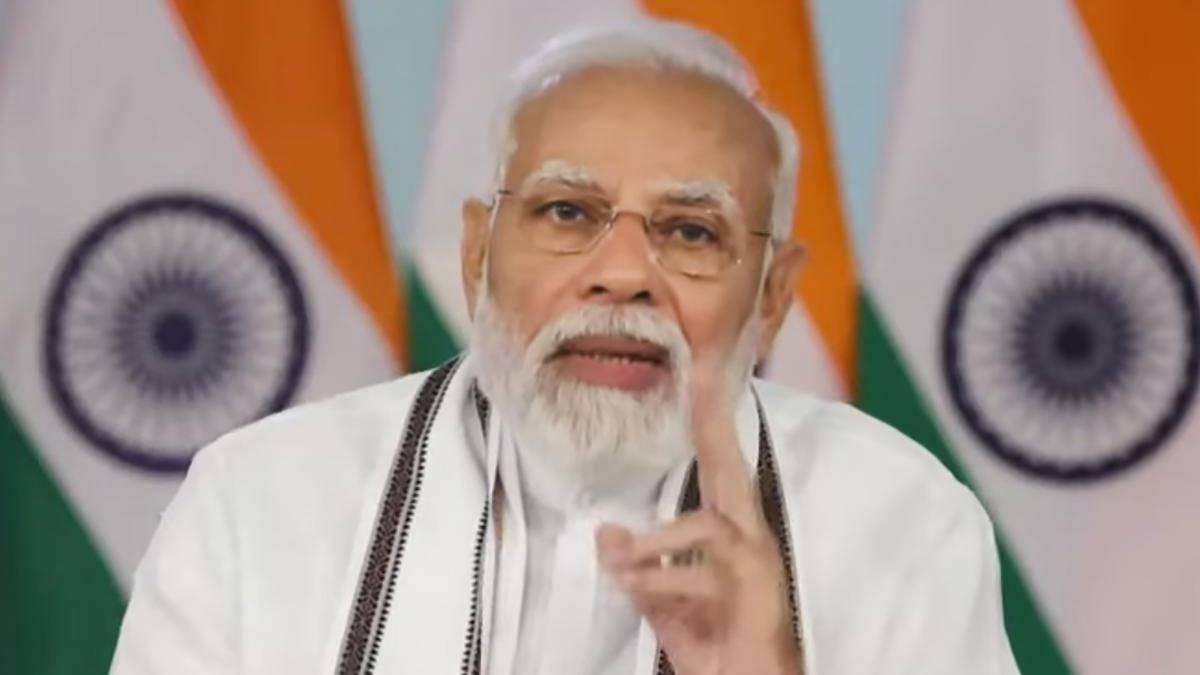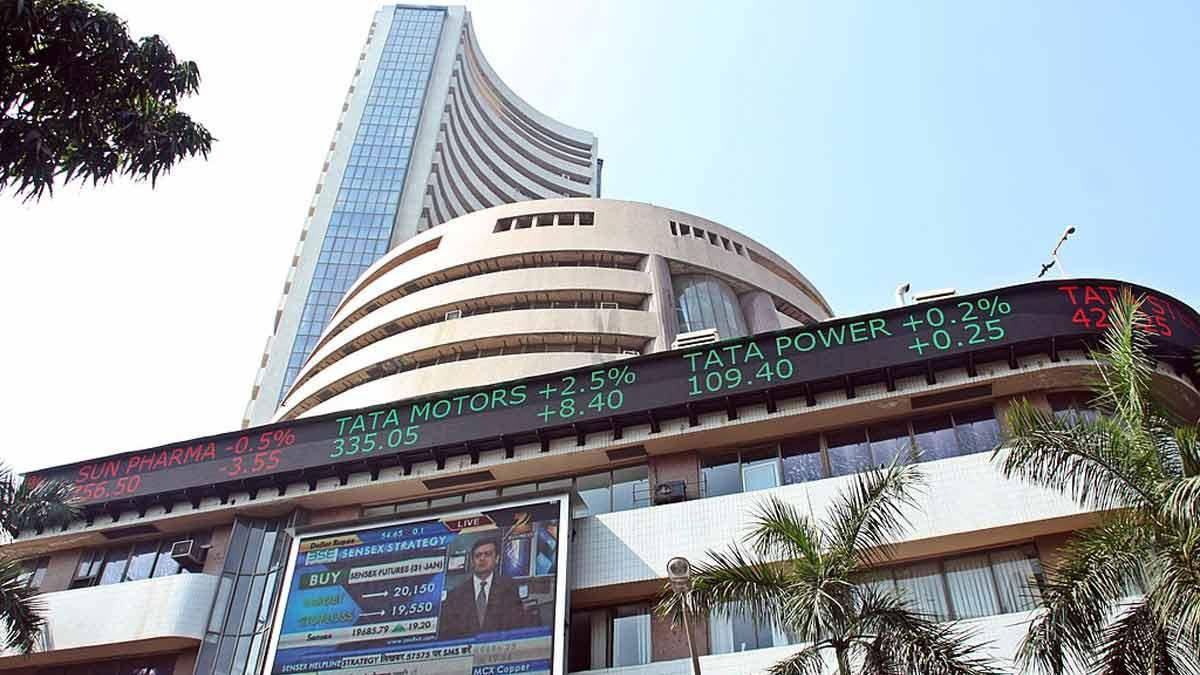The Economic Survey 2021 was released on Friday by the Union Finance Minister Nirmala Sitharaman. The survey was collected and put together by Chief Economic Advisor of India Krishnamurthy Subramanian along with his team. It is set to be an important one as it will disclose the economic activity that went through during the country’s battle with COVID. The CEA will also present the survey in the parliament and talk about its content in detail.
The budget for 2021-22 would be released three days later on February 1 by the Finance Minister in the parliament from 11 AM. It will also be then discussed in detail by the finance ministry in the assembly itself.
Here are the key points from the Economic Survey 2020-21:
The government predicts that the rollout of vaccines against Covid-19, which has killed 153,847 Indians, will re-energise India's economy with 11% growth next year, putting it on track to post the strongest growth since India liberalised its economy in 1991. "With the economy's returning to normalcy brought closer by the initiation of a mega vaccination drive, hopes of a robust recovery in the services sector, consumption, and investment have been rekindled," said the Economic Survey 2021-22.
"India was the only country to announce a slew of structural reforms to expand supply in the medium to long term and avoid long-term damage to productive capacities," the Economic Survey cited.
The government sees V-shaped GDP recovery in FY22 even as 7.7% contraction projected this year. Following the Covid breakout and lockdown last year, the GDP had contracted by a record 23.9 per cent in the April-June quarter and further by 7.5 per cent in the second quarter. However, a V-shaped recovery is expected in the next fiscal year, according to the Economic Survey 2020-21.
India remained a preferred investment destination in FY 2020-21 with FDI pouring in amidst global asset shifts towards equities and prospects of quicker recovery in emerging economies. Net FPI inflows recorded an all-time monthly high of $ 9.8 billion in November 2020, as investors’ risk appetite returned, with a renewed search for yield, and US dollar weakened amid global monetary easing and fiscal stimulus packages. India was the only country among emerging markets to receive equity FII inflows in 2020: Economic Survey
The survey projections are in line with IMF estimate of real GDP growth of 11.5% in 2021-22 for India and 6.8% in 2022-23. India is expected to emerge as the fastest growing economy in the next two years as per IMF. The economy would take two years to reach and go past the pre-pandemic level, Economic Survey said.
"Buoyant Sensex and Nifty resulted in India’s market-capitalisation to GDP ratio crossing 100% for the first time since October 2010. This, however, raises concerns on the disconnect between the financial markets and the real sector." Economic Survey on market.
Exports are expected to decline by 5.8% and imports by 11.3% in the second half of the year. India is expected to have a current account surplus of 2% of GDP in FY21, a historic high after 17 years: Economic Survey.
"High food prices remained a major driver of inflation in 2020. However, inflation in December 2020 fell back into the RBI’s target range of 4+/-2% to reach 4.6% to reach 4.6% year-on-year as compared to 6.9% in November. This was driven by a steep fall in food prices, particularly of vegetables, cereals, and protein products and favourable base effects," the survey noted.
Starting in July 2020, a resilient V-shaped recovery is underway, as demonstrated by the recovery in GDP growth in Q2 after the sharp decline in Q1. As India’s mobility and pandemic trends aligned and improved concomitantly, indicators like E-way bills, rail freight, GST collections and power consumption not only reached pre-pandemic levels but also surpassed previous year levels, Economic Survey said.
Agriculture is set to cushion the shock of the Covid-19 pandemic on the Indian economy in 2020-21 with a growth of 3.4% in both Q1 and Q2. A series of progressive reforms undertaken by the government have contributed to nourishing a vibrant agricultural sector, which remains a silver lining to India’s growth story of FY 2020-21, Economic Survey noted.


















